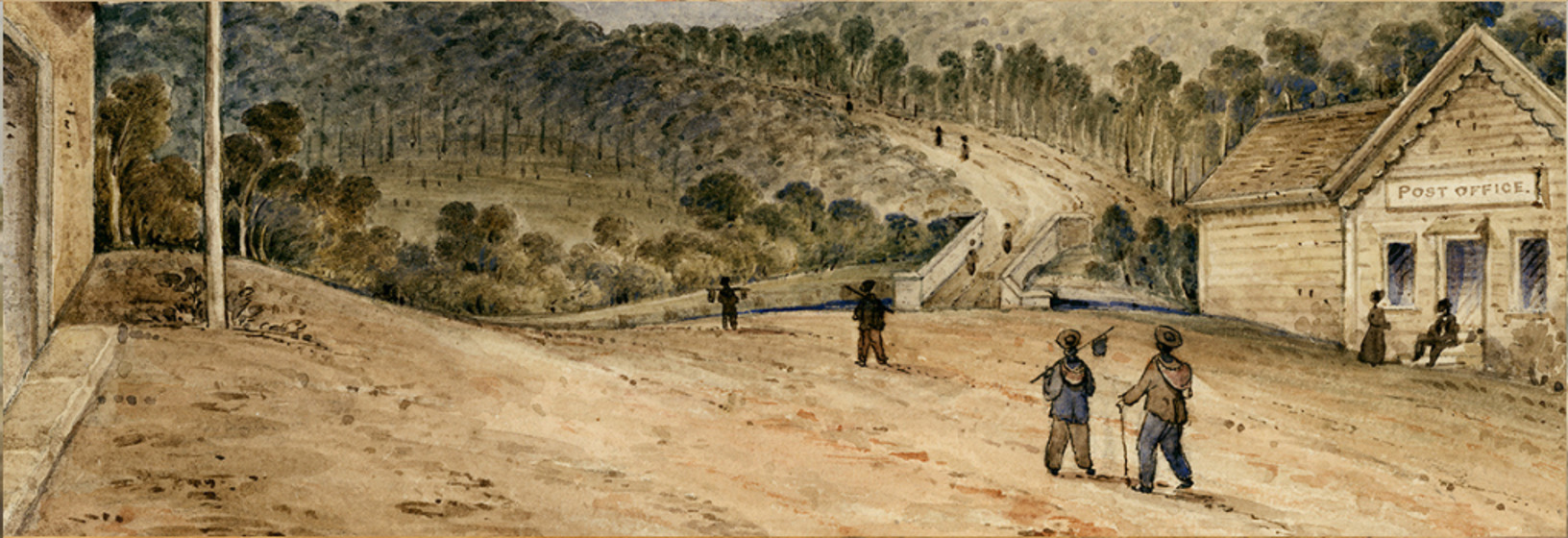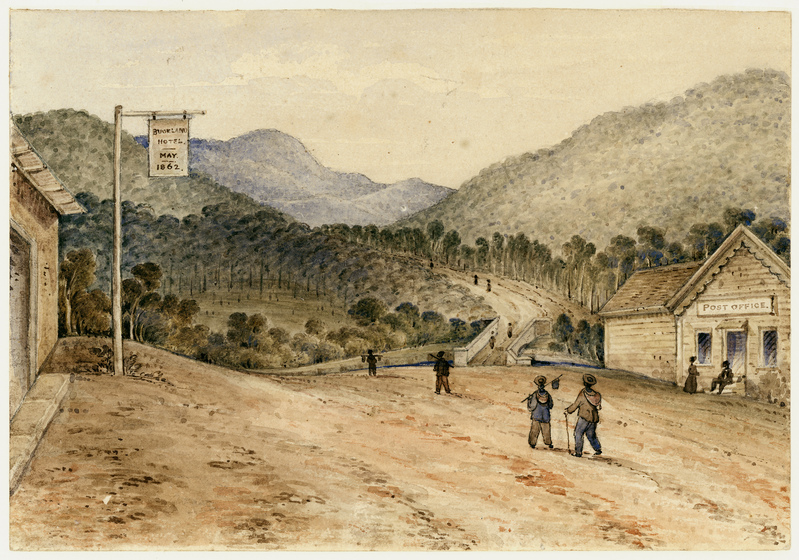ASSOCIATIONS
Chinese associations formed a crucial mutual aid network.
The presence of Chinese associations, clubs or lodges were a well known feature of Chinese goldfield communities.
The clubs were sometimes feared by non-Chinese onlookers as mysterious entities, but they formed important self-help and mutual aid functions for Chinese miners.
Chinese associations were founded for the mutual assistance of family, clan, or regional countrymen.
One of the largest and most powerful associations was the See Yup Society, for residents of the See Yup 'Four Counties' area of Guangdong Province, expats from which location were the most populous group of Chinese on the goldfields. Other powerful societies were the Sam Yup, Kong-Chew, Heang-San and Amoy associations.
These mutual self-help organisations also fulfilled semi-diplomatic functions. All Chinese immigrants were expected to join an association. It was association members who would meet arriving Chinese at wharves and show them to lodgings. The associations built places of worship, raised funds for charity and benevolence to members, and arranged funerals for impoverished members. Associations had rules which advised miners on how to minimise friction with white settlers in the manner of dress and social customs.
The societies also performed a political function. In 1859 the See Yup Society formed the 'United Confederacy' to fight the immigration taxes through legal means.
After further restrictions to Chinese immigration and naturalisation were introduced post-Federation in 1901, the societies helped members who were residents of Victoria with immigration issues.
The illustration above depicts the opening of the See Yup Temple in Emerald Hill, South Melbourne, in 1866. The first temple was built in 1856 and was then enlarged and reopened in 1866. The See Yup Temple contains altars for worship and memorial halls, but also served as a meeting place for members.
The temple cost over four thousand pounds to construct and was funded by compulsory donations from Society members. The names of more than a thousand donors are inscribed on two stone tablets at the Temple. The memorial halls hold over 13,000 tablets in commemoration of members who died and are buried somewhere in Victoria between 1850 to the present day.
It still stands today.
Text on See Yup Temple courtesy of Chinese-Australian Historical Images in Australia, Chinese Museum and LaTrobe University.



















